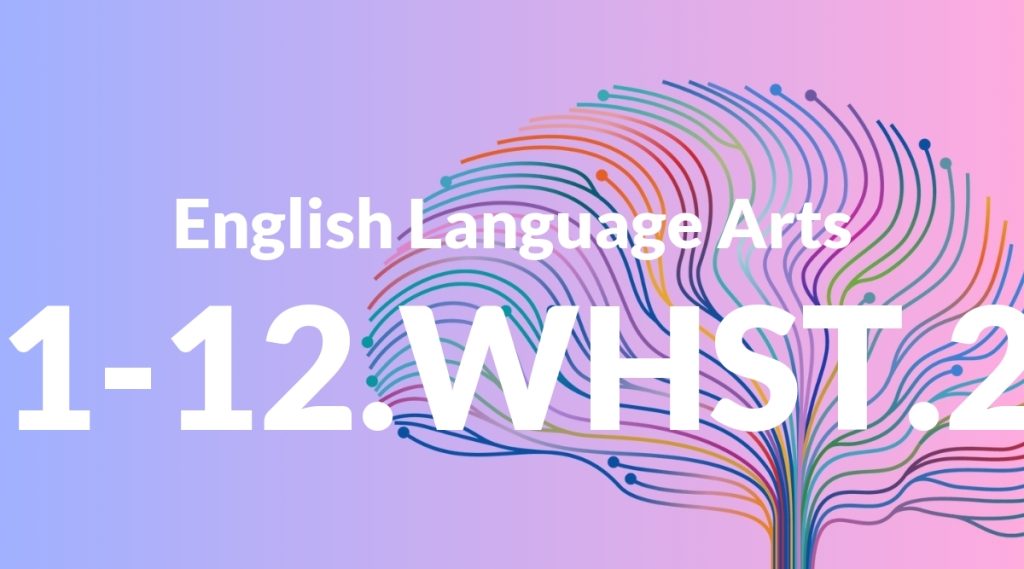Standard: 11-12.WHST.2c – Use varied transitions and sentence structures to link the major sections of the text, create cohesion, and clarify the relationships among complex ideas and concepts.
Grade level: Grade 11-12
Subject: English Language Arts
Domain: Writing: History, Science & Technical Subjects
Teacher Overview
This standard emphasizes the importance of using varied transitions and sentence structures to create cohesive and clear writing. It is crucial for students in Grades 11-12 as they prepare for college-level writing and professional communication. Mastery of this standard will help students effectively convey complex ideas and relationships in their writing. Students should have a good grasp of basic writing skills, including sentence structure, paragraph organization, and simple transitions. They should also be comfortable with constructing thesis statements and supporting them with evidence.
Mastering this standard will enable students to write more sophisticated texts with clear, cohesive, and well-structured ideas. This skill is essential for advanced academic writing and effective professional communication.
Common Misconception 1
A common misconception is that using complex transitions automatically improves writing quality. This is incorrect because the effectiveness of a transition depends on its clarity and relevance to the ideas being connected, not its complexity.
Intervention 1
To address this misconception, provide students with examples of both simple and complex transitions used effectively. Conduct exercises where students practice choosing the most appropriate transitions for different contexts.
Common Misconception 2
Another misconception is that varying sentence structures means using overly complex or lengthy sentences. This is incorrect because variation should aim for balance and readability, not complexity.
Intervention 2
To remediate this, give students practice in varying sentence beginnings and lengths. Use examples of well-balanced writing to illustrate the point and have students revise their own work for sentence variety.
Prerequisite Knowledge
Students should have a solid understanding of basic sentence structures, paragraph development, and the use of simple transitions. They should also be familiar with the concepts of thesis statements and supporting evidence.
Subsequent Knowledge
After mastering this standard, students will be able to write more sophisticated and nuanced texts. They will enhance their ability to present complex ideas clearly and cohesively, which will be essential for advanced academic writing and professional communication.
Instructional Activities
- Have students write a research paper focusing on using varied transitions between sections.
- Create a peer review activity where students evaluate each other’s use of sentence structures and transitions.
- Develop a writing workshop that focuses on revising drafts for better cohesion and clarity.
- Assign a project where students must write a technical manual, emphasizing the use of clear transitions and varied sentence structures.




